Moto G7, Power and Play Hands-on: Why even buy an expensive phone anymore?
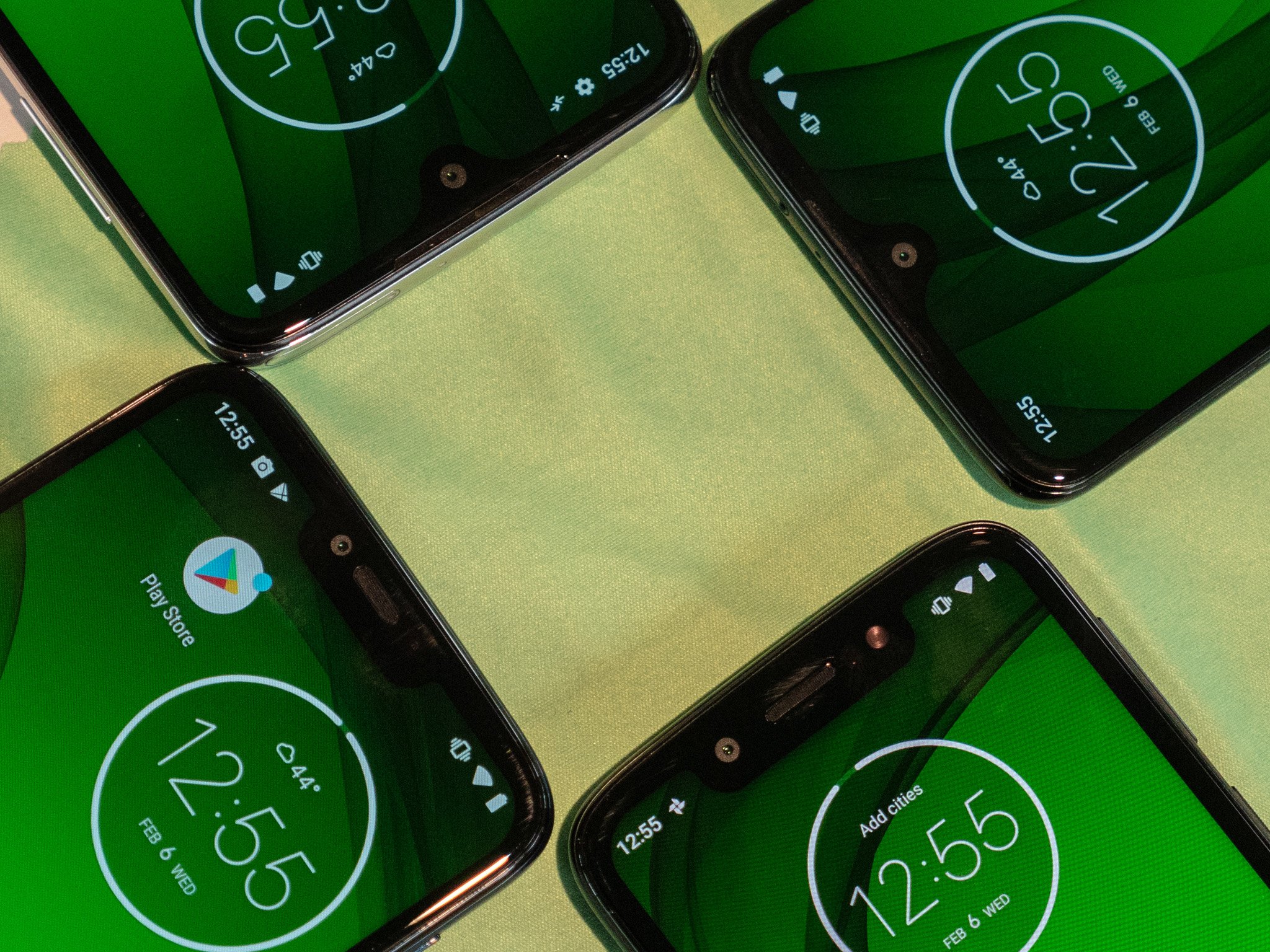
If you sought out a budget phone in 2018, you probably came across the Moto G6. Motorola barely plays in the expensive phone segment anymore, but when it comes to budget devices, the company owns almost the entire pot.
The Moto G7 series is about as conservative an update to the company's lineup as we've seen in years, but there's a swagger to Motorola's actions — it's expanding the suite to four phones, each catered to a very particular set of customers and demographics.
So we have the Moto G7, G7 Play, G7 Power, and G7 Plus, though the latter won't be available in the U.S., and Android Central wasn't given a chance to go hands on with it. That said, it's definitely the most flagship-like of these devices, and I'll do my best to get a unit so I can see what all the fuss is about.
A brief history of Moto G
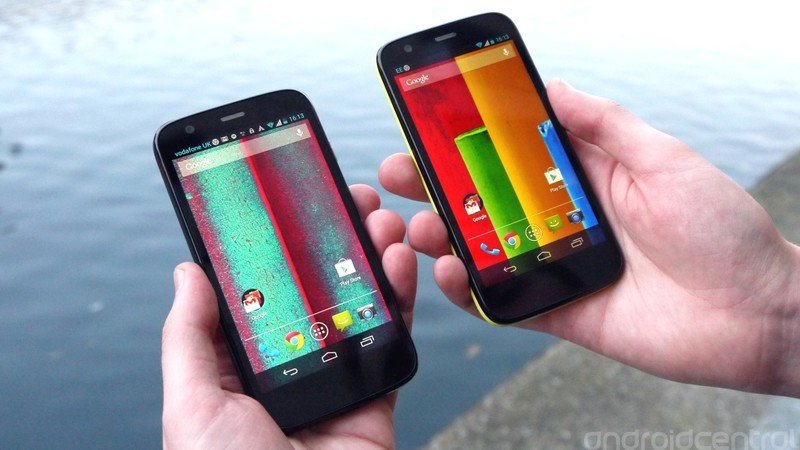
If you cast your mind back to 2013 when the original Moto G was announced, it was little more than a boring slab of black plastic that happened to be a good-enough phone for millions of people. Whereas the Moto X was heralded as the future of smartphones, the Moto G was the worker bee, and turned into a tidy little business for Google at the time and, when it sold Motorola to Lenovo, its new parent.
Lenovo took the Moto G series and did exactly what it did with its laptop lineup: it sliced and diced it into as many iterations as the market would allow, beginning with the Moto G4 and G4 Plus in 2016, the Moto G5, G5 Plus, and G5 Play in 2017, and the G6, G6 Plus, and G6 Play in 2018.
Along the way, the series went from plastic to metal to glass, and from a budget in appearance to merely budget in price.
Be an expert in 5 minutes
Get the latest news from Android Central, your trusted companion in the world of Android
Moto G7 in 2019
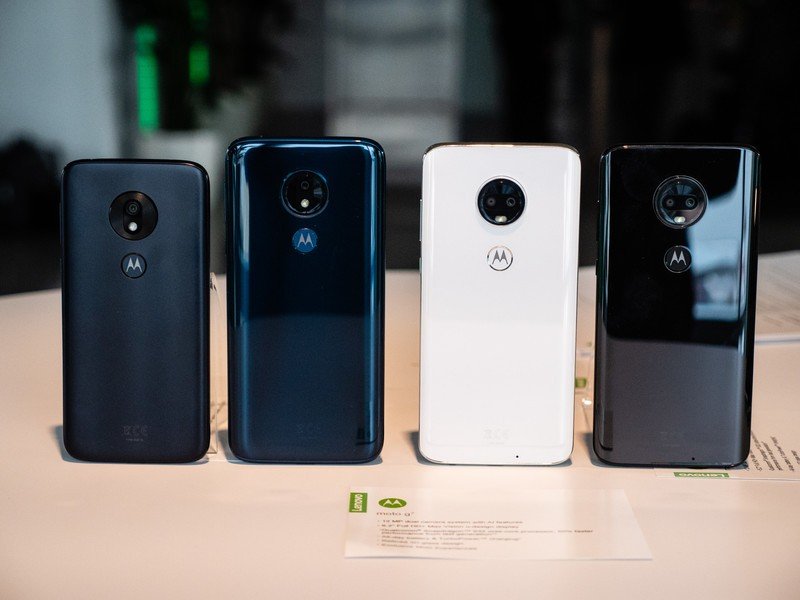
While the specs still vary significantly between devices, Motorola has invested in performance this year, giving every Moto G7 phone at least a Snapdragon 632 (the Plus has a Snapdragon 636) platform, which should significantly reduce, or outright eliminate, lag and stuttering across the board.
In fact, you probably think of each Moto G7 as the same car, with each model gaining a few niceties with each minor price bump.
Moto G7 Play
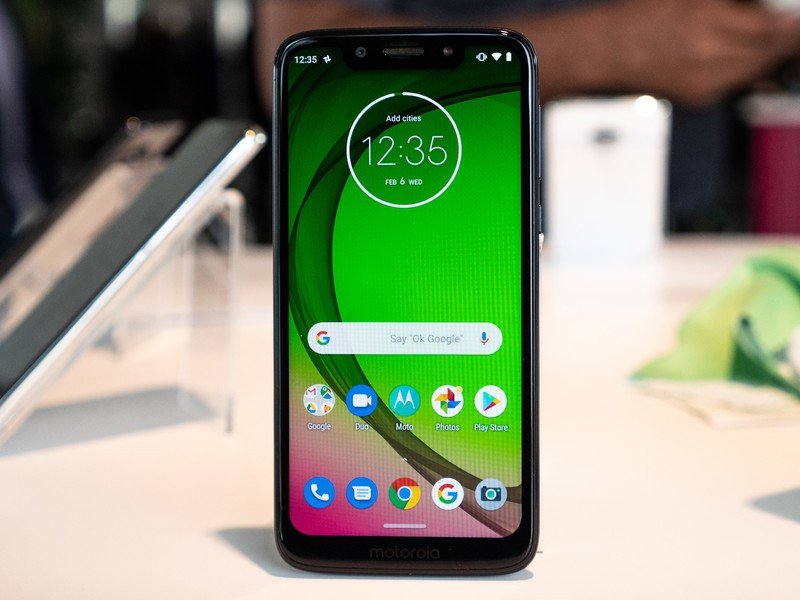
For starters, the Moto G7 Play has a 5.7-inch 720p display, just 2GB of RAM and 32GB of storage, a single rear camera, a 3000mAh battery, and a sizeable notch up front to house the 8MP shooter and selfie flash (no face unlock here).
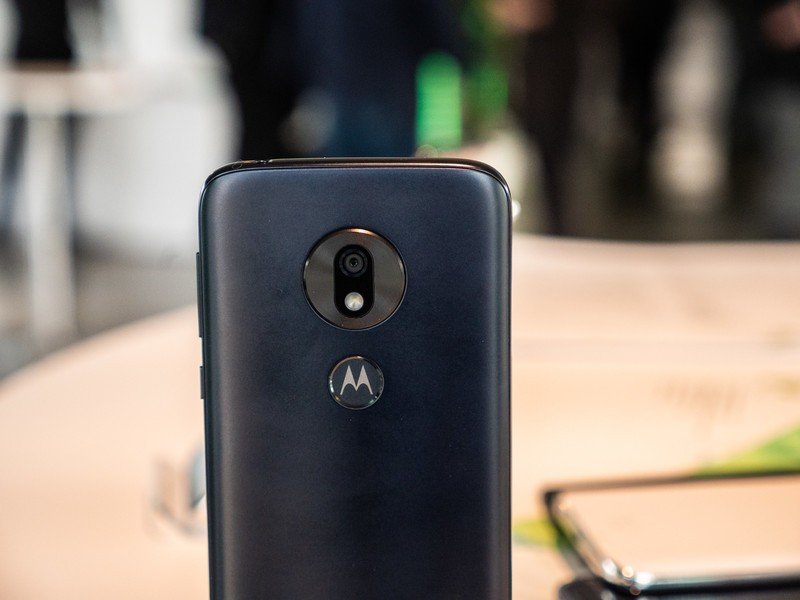
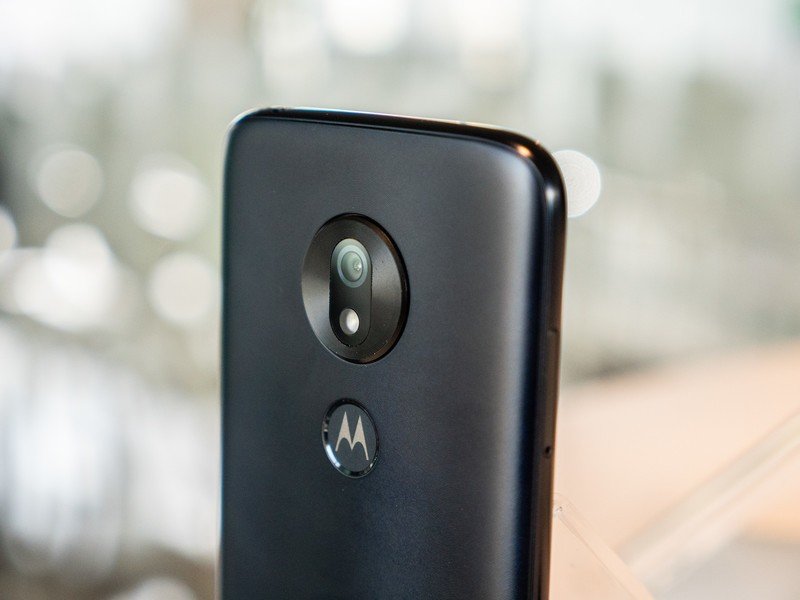
At $199, it's the entry point into Motorola's 2019 budget lineup, and it's the first Play-branded phone to launch with USB-C, which is fantastic.
As with previous generations, the G7 Play has a grippy plastic back patterned with concentric circles, and a fingerprint scanner embedded lovingly in the Motorola 'Batwing' logo.
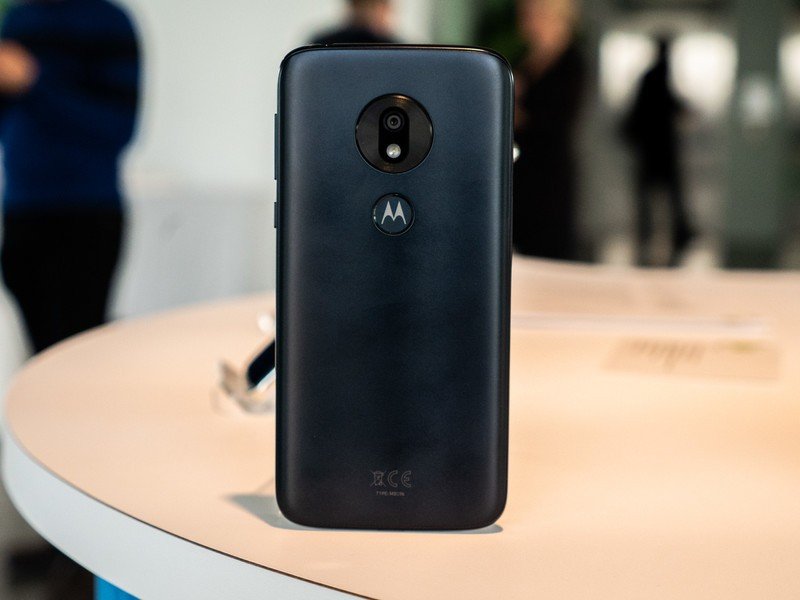
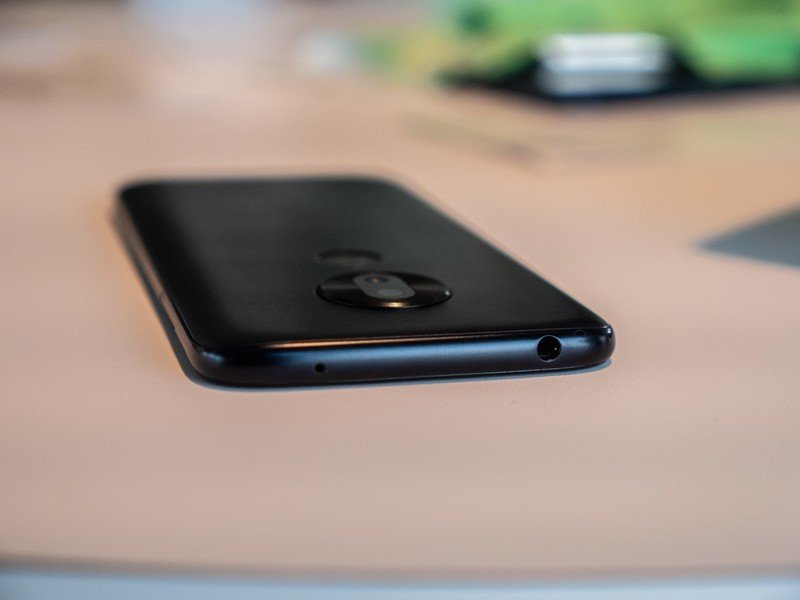
Interestingly, despite a screen of the same size, the Moto G7 is considerably shorter and slightly narrower and thinner than its predecessor. This is because Moto was able to fit more screen in the same surface area — a side effect of the new 19:9 aspect ratio and the notch — and it's a direct result of people telling the company that it still values compact phones.
Whereas the more expensive devices in the series got screen size bumps to 6.2 inches, the Moto G7 Play maintains Motorola's commitment to addressing the small-but-mighty set of people clamoring for one hand-usable phones.
Moto G7 Power
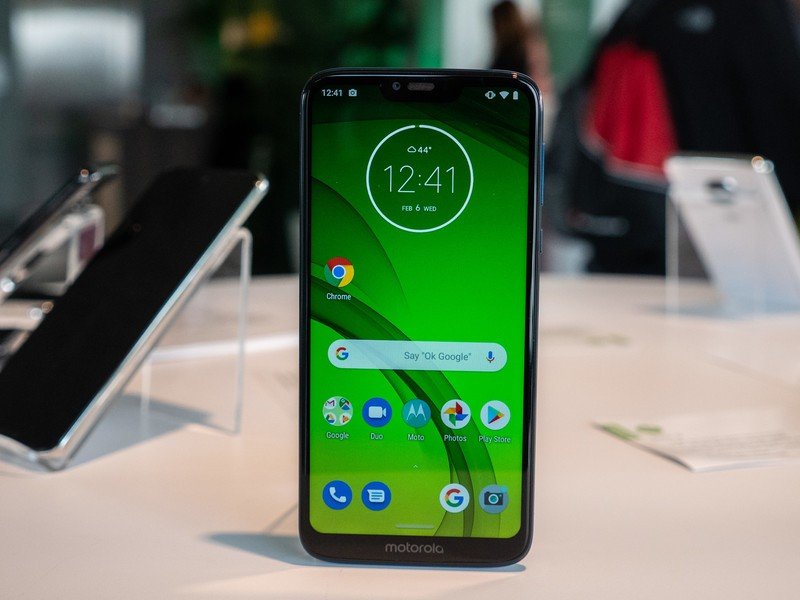
A direct offshoot of last year's India-only Motorola One Power, the eponymous G7 Power sits in between the G7 Play and G7 and yields the biggest battery the company's ever put into a phone: a 5,000mAh cell that reportedly lasts two days on a charge.
While the screen is bumped to 6.2 inches, though still at a 720p resolution, there's a Snapdragon 632 processor, 3GB of RAM and 32GB storage, along with a single 12MP camera an 8MP front shooter. The G7 Power is roughly the same size as the mainline G7, just 16% thicker.
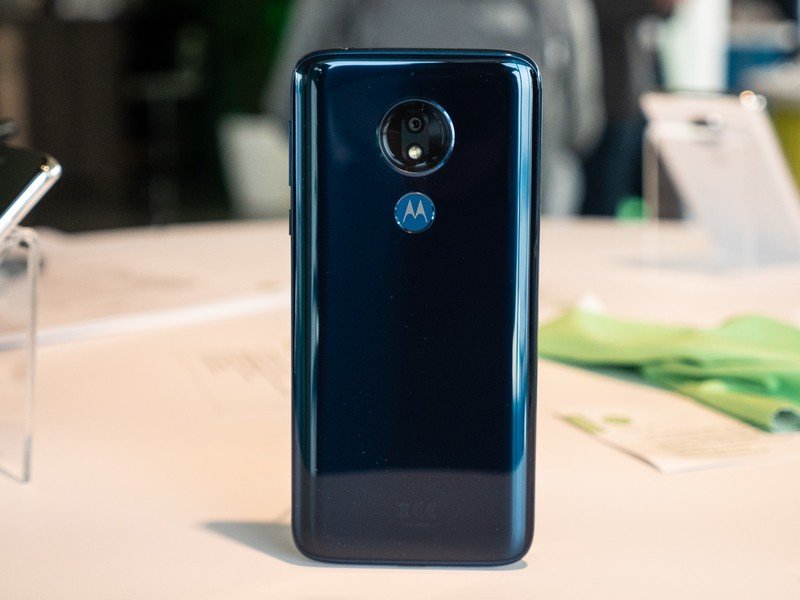
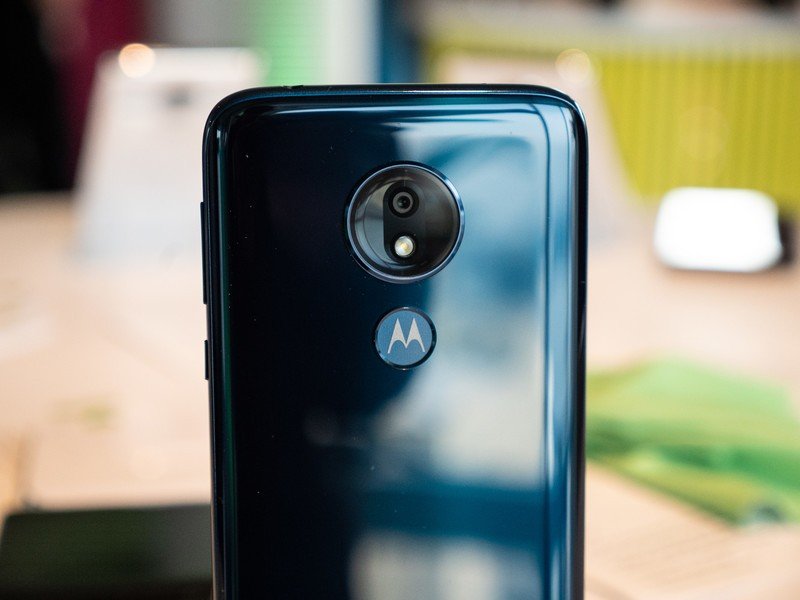
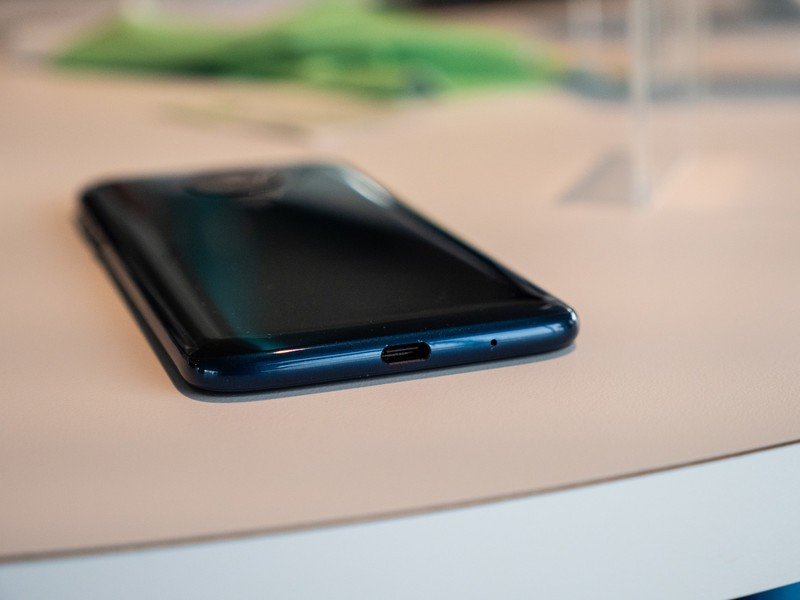
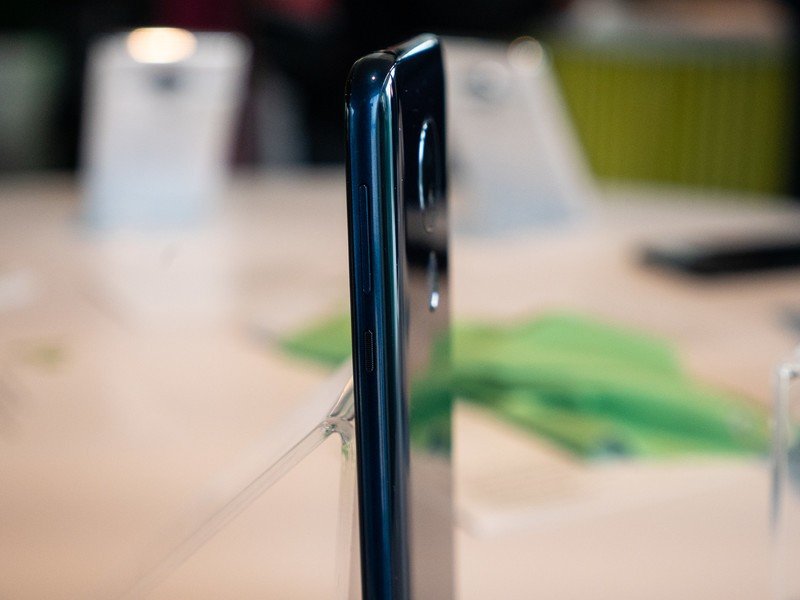
At $249, it's probably going to be pretty popular given the trend of bigger-battery-better these days, but I'll have to put it to the test to make sure. Unlike the G7 Play, there's a glossy plastic back on the G7 Power, which should be ready to show every fingerprint you've ever had and ever will have. You've been warned.
Oh, and despite the G7 Play and Power not having a secondary rear sensor, Motorola's using software to provide a portrait mode, similar (in theory) to what you'll find on the Pixel lineup. Whether it will translate to decent portrait photos remains to be seen, but given Motorola's track record for these kinds of features I'm not holding out much hope.
Moto G7
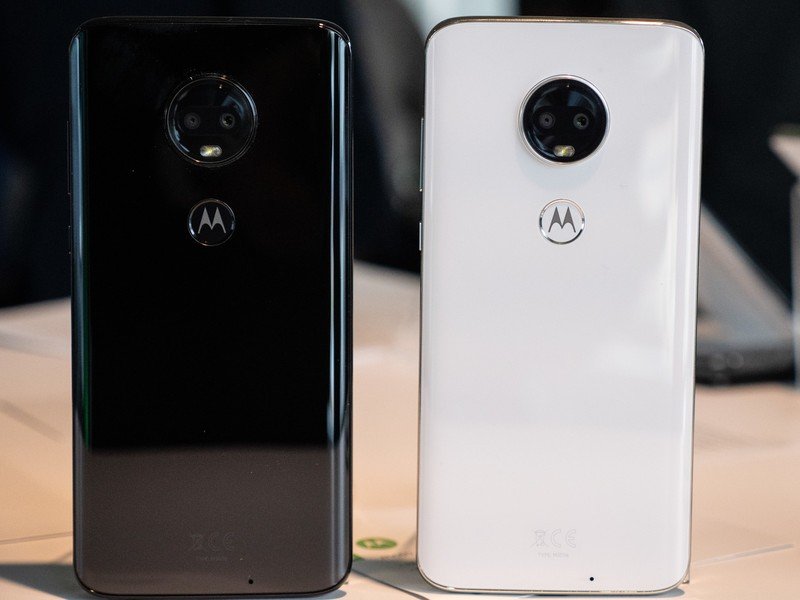
The one that most people will probably buy, the $299 Moto G7 shares the same platform as its cheaper counterparts but makes some smart upgrades where it matters. For starters, there's 4GB of RAM and 64GB of storage in here, which should keep this thing performing well into 2020 and beyond.
Then there's the waterdrop notch at the top, which looks chef's kiss so much better than the wider notches on the G7 Play and Power. Around the back, there's real Gorilla Glass — just like the phones that cost twice or even triple this much — along with a dual camera setup.
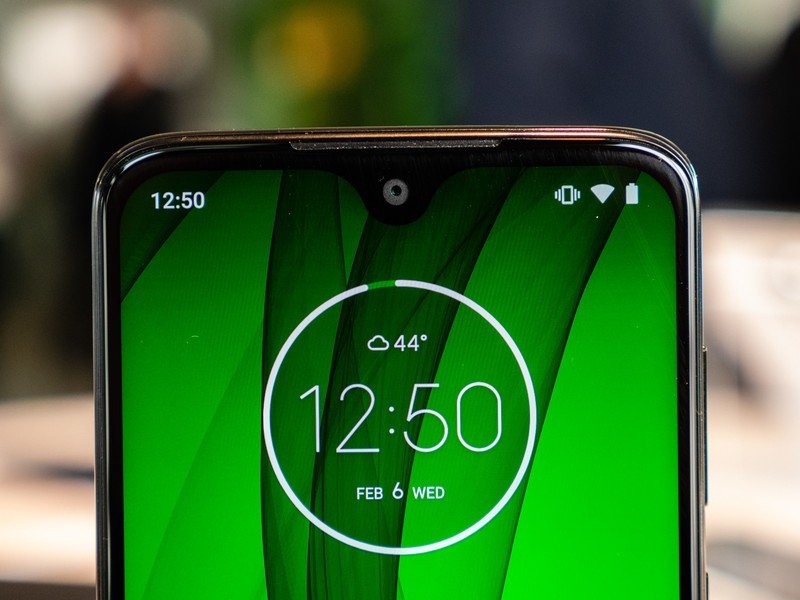
Gone is the front fingerprint sensor of the G6, which I will miss but only because I thought it suited the aesthetic.
Still, there's no arguing that this is a good-looking handset irrespective of price. There is a pretty big chin, though, so you'll have to get used to that asymmetry.
Motorola isn't saying much about the camera upgrades — it's still a 12MP rear sensor with an f/1.8 aperture paired with a 5MP secondary sensor for depth — but the software has been improved. There's a new "auto smile capture" mode that detects beaming faces in a frame and automatically snaps the photo. Another feature "borrowed" from the Pixel 3 is High-Res Zoom, which stacks frames to better the quality of photos upon zooming in. Given that the sensor itself isn't of the highest quality, I'm skeptical about how well this works, but I'll have to try it.
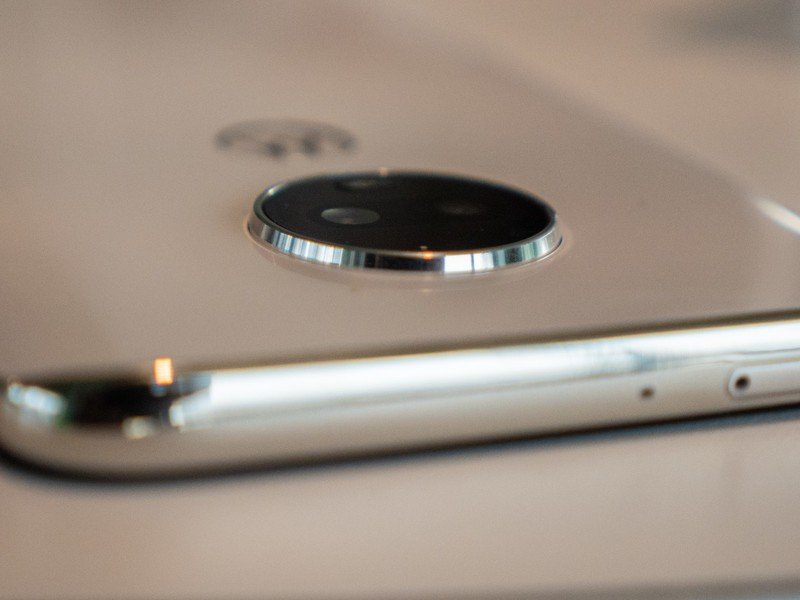
Oh, and like all other devices in the G7 lineup, this one comes with a headphone jack. And conversely, like all the other Moto G7 products coming to the U.S., it doesn't support NFC. That's not great, especially for a $300 phone — it's slightly more forgivable on a $200 or $250 product, but barely — and continues Motorola's attempt to retcon the growing needs of mobile payments for many customers around the world.
Can you live without mobile payments? Lack of NFC is likely going to divide the buying audience here.
The company raises price as the biggest factor here, which is a fair point, but no Moto G product released in the U.S. has had NFC for a number of years, and we've reached the point where all phones, even budget ones, probably need it.
That being said, I'm nonplussed about the omission, largely because over the past few years my mobile payment usage has subsided considerably — I always have my credit card nearby, and I find tap-to-pay faster and more reliable with it. I'm probably in the minority, though, and Motorola's going to have a lot of very frustrated people asking them where their NFC is — especially since it's available on the more expensive Moto G7 Plus in some markets.
Moto G7 Plus
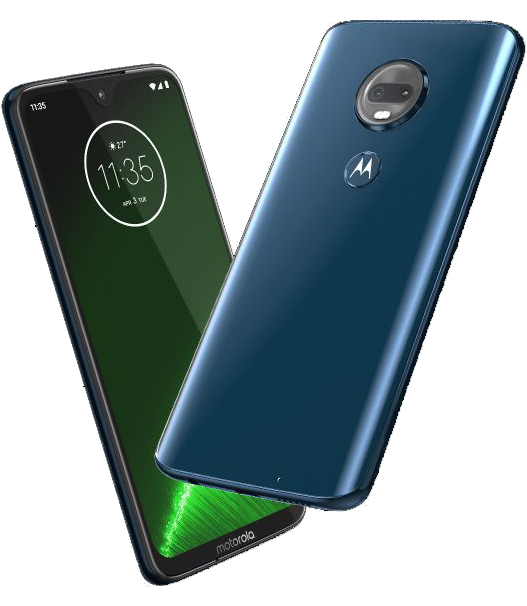
While I didn't get to use the most expensive G7 at the company's New York briefing — Motorola's decision to omit the G Plus line from North America is truly vexing — I can point out where it differs from the mainline G7. First, it has a 16MP rear camera with OIS, a first in the Moto G line. Second, it supports 27W USB-PD charging, which is very, very fast. Finally, it has stereo speakers, which has been absent from the Moto G line for a few years now. Great to see it make its return.
At €299, it's definitely competing with products from Huawei, Honor, Sony, and others, but Motorola's products tend to attract their own loyal following.
Software
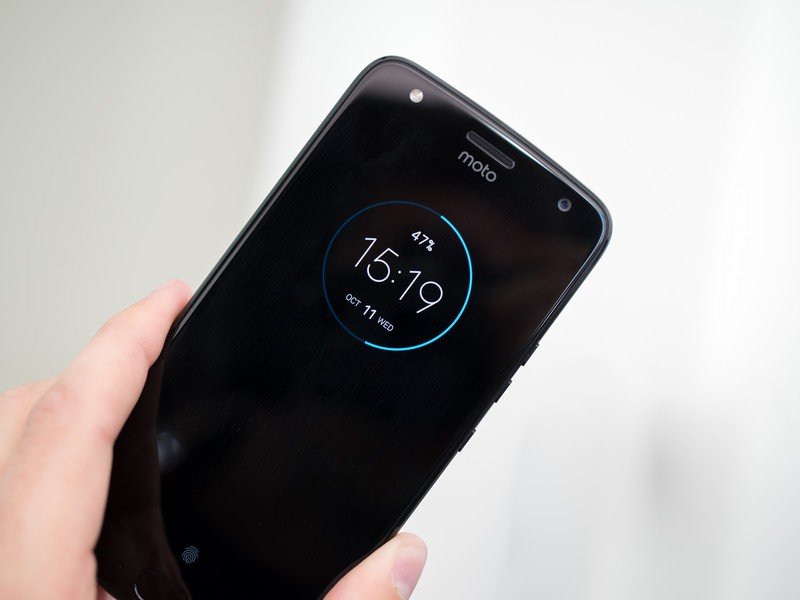
Running Android 9 Pie, all of these Moto G7 phones should look and feel very similar to previous Motorola devices — and today's Pixel phones, too. Motorola's "Experiences" haven't received any major updates in years, and while the company says that its One Button Nav — basically its gesture system — has received some love and works more reliably, it's one of a handful of notable improvements to Motorola's custom additions.
Motorola has a less-than-sterling reputation for software updates, but at least the G7s are launching with Android Pie
I wouldn't be concerned about this but for the fact that my Moto G6 is still on Android 8 Oreo and has been sitting with a July 2018 security patch for over six months now. Motorola's once-sterling reputation for software updates has not just abated but been obliterated. If you care at all about receiving regular security and platform patches, I'd warn you off Motorola (or most budget phones for that matter). In this particular case, you get what you pay for.
Which Moto G7 should you buy?
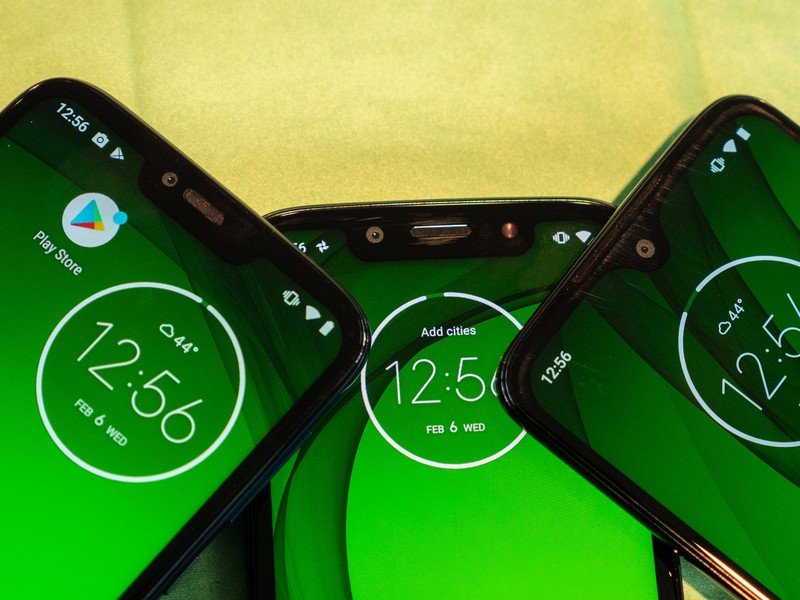
With all of the Moto G7 devices appearing closer than ever in features and price, it may be difficult to decide which one to buy. I've always said that if you can afford the mainline G series phone you should get that one, but this year I'm not so convinced.
While I still think the G7 is probably the best for someone who keeps their phone for two years or more, the Moto G7 Power, with its 5,000mAh battery, is incredibly compelling. As long the at 3GB of RAM doesn't hurt its performance in the long-run, the prospect of using a phone continually for two days is irresistible. And the Moto G7 Play, with its smaller stature and textured back, is so, so comfortable to use.
Any of these devices are good options for someone in the market for a budget phone in 2019, and I'll have all of them into the labs to review in the coming weeks.
Nirave Gondhia contributed to this article.
Daniel Bader was a former Android Central Editor-in-Chief and Executive Editor for iMore and Windows Central.

